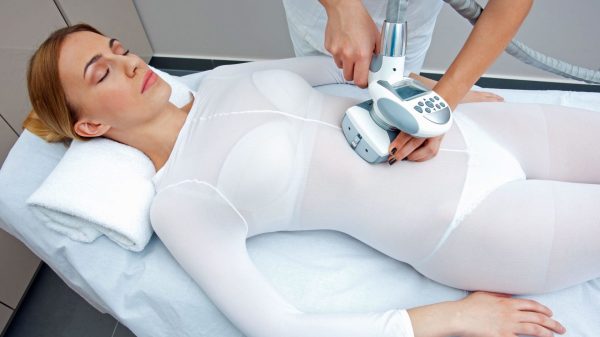Pelvic Organ Prolapse is a condition specific to women which occurs when the muscles and tissues supporting the pelvic organs become weak or loose. Resultantly, one or more of the pelvic organs drop or press into or out of the vagina. Usually, women are embarrassed to talk to the doctor about the condition they are experiencing or believe that their symptoms are normal. But the good thing is that pelvic organ prolapse is treatable.
How Does the Pelvic Organic Prolapse Occur?
The pelvic muscles function to support the pelvic organs just like a hammock. The pelvic organs consist of the Bladder, uterus and cervix, rectum, and vagina. A prolapse occurs when the pelvis muscles can no longer support the organs because the muscles and tissues get weak or damaged. Resultantly, one or more of the pelvic organs drop or press into or out of the vagina.
Types of Pelvic Organ Prolapse
The following are some of the types of pelvic organ prolapse.
· Dropped Bladder
Dropped Bladder is also named cystocele and is the most common type of pelvic organ prolapse. This occurs when the Bladder drops into or out of the vagina.
· Rectocele
This type of Pelvic Organ Prolapse occurs when the rectum bulges into or out of the vagina.
· Dropped Uterus
This condition occurs when the uterus bulges into or out of the vagina. The condition is usually associated with small bowel prolapse, where a small intestine or small bowel bulges into the vagina.
What Causes Pelvic Organ Prolapse
Pelvic organ prolapse occurs when the muscles or the connective tissues of the pelvis do not work as they should. Some of the risk factors that often lead to pelvic organ prolapse are:
· Vaginal Childbirth
Vaginal childbirth may stretch and strain the pelvic floor. Also, multiple vaginal childbirths increase the risk of pelvic organ prolapse later in life. However, you may experience this issue even if you have never had children or had a cesarean or C-section delivery.
· Long-term pressure on the Abdomen
Long-term pressure on your abdomen, including pressure from obesity, chronic coughing, and straining during bowel movements, often causes this harmful condition.
· Age Factor
Pelvic floor disorders are much more common among older women. Women aged 60 years or above report more cases of pelvic floor disorders compared to younger women.
· Hormonal Changes during Menopause
Certain hormonal changes occur during women’s cycles which cause pelvic organ prolapse. For example, loss of the female hormone estrogen during or after menopause increases the risk of pelvic organ prolapse.
· Genetics
Researchers claim that family history can cause pelvic organ prolapse. They are finding the reasons how genetic play a role in developing this disease.
Symptoms of Pelvic Organ Prolapse
Some of the symptoms of pelvic organ prolapse are:
- Experiencing heaviness around your lower tummy and genitals
- Discomfort inside your vagina
- Getting a feeling like something is coming down to your vagina, just like sitting on a small ball.
- Experiencing or seeing a bulge coming out of your vagina
- Experiencing discomfort while having sexual intercourse
- Sometimes pelvic organ prolapse does not depict any symptoms and is found while conducting an internal examination which might be carried out for some other reasons.
How is Pelvic Organ Prolapse Diagnosed?
If you experience any of the symptoms discussed above, you must visit the doctor. He will carefully conduct a pelvic exam during which you will be asked to strain or cough. The doctor will see whether these actions lead to prolapse urine leakage or not. In addition to that, the doctor may conduct a few other tests to see either you can empty your Bladder in the bathroom or not.
Treating Pelvic Organ Prolapse
If you are not experiencing any symptoms and pelvic organ prolapse isn’t bothering you, you may not need any medical treatment. However, making lifestyle changes can help. Some of the lifestyle changes that can ease the condition are:
- Losing weight
- Avoiding heavy lifting
- Preventing and treating constipation
- Contrarily, if the prolapse is severe and the symptoms are affecting your daily life, there are several treatments available which include:
- Pelvic floor exercises
- Hormone treatment
- Vaginal pessaries
- Surgery
The treatment method implemented depends on the type and severity of the condition and your overall health. Which treatment method to choose will be advised by the doctor.








































































